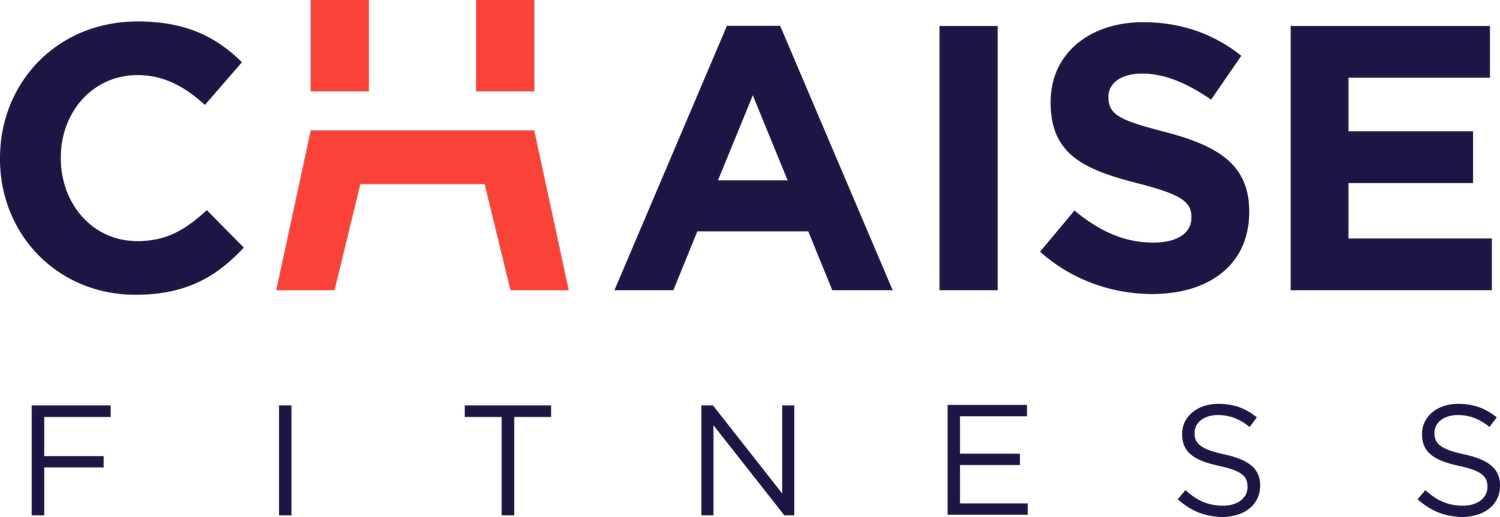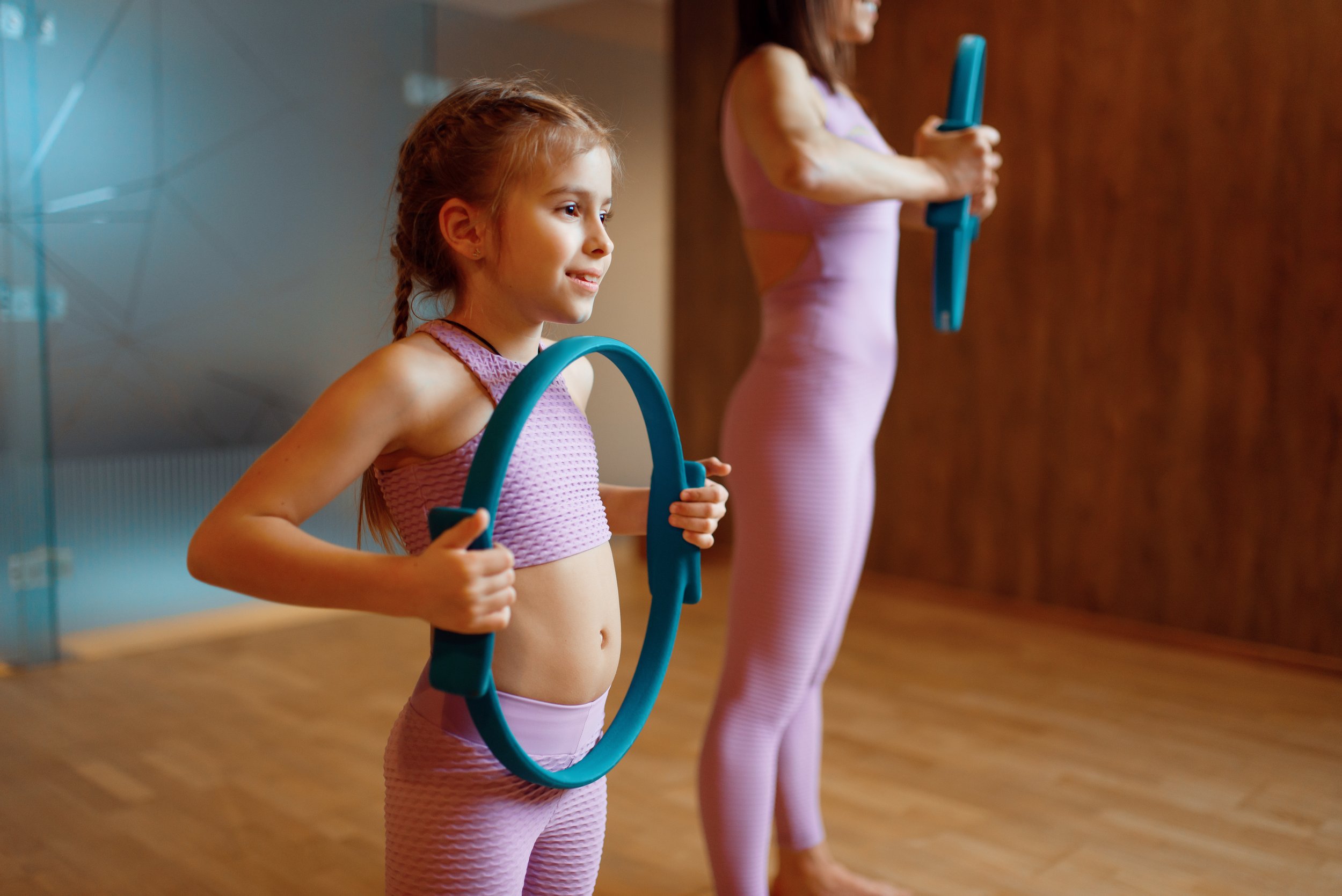Making Pilates Fun for Kids
In this era of technology and fast food, fitness is essential for everyone, especially the 8- to 18-year-olds. Therefore, including Pilates in your children’s fitness routines will ensure their physical wellness and mental health. Pilates does not aid in changing the body’s shape, but it helps in improving core muscle strength and giving a sculpted look to the body. You can make Pilates sessions fun for your child by being creative with the movements and not being extremely strict about the perfection of each posture. You can also combine activities like dance and yoga to make it more engaging. These things will help your child have a fun session and keep them involved while also improving their confidence.
Pilates for Kids:
Pilates includes intense exercises that focus on correcting the posture and strengthening the core muscles. Apart from strengthening the muscles, these exercises also improve mental focus. Introducing your children to these exercises is a subtle way to motivate them towards a healthy, active lifestyle. Pilates for kids includes simple exercises that your children can perform in the comfort of their home. Over time, with the help of a professional, they may switch to complex Pilates based on their comfort levels.
An average session of 30 minutes of Pilates is sufficient for children since overdoing it may lead to exhaustion or cramped muscles. Also, manage the session time according to your child’s comfort instead of being strict about it.
Health Benefits of Pilates for Kids:
Pilates is a body conditioning routine that helps to build strength, endurance, flexibility, balance, and coordination without adding any muscle bulk. Pilates is the brainchild of a German doctor Joseph H. Pilates. He came up with several exercises and equipment for helping immobilized soldiers during World War I. In addition, he also developed some mat exercises that focused on strengthening the torso.
Pilates involves low-impact exercises focused on core strengthening and posture correction. These workouts can aid children’s physical and mental development and keep them fit and healthy in the long run. Pilates exercises for children effectively introduce them to physical exercise at an early age. It improves strength, flexibility, and posture. Ensure children have fun while doing it.
Pilates may help your child in the following ways:
1. Increases Flexibility:
Children need to be flexible to perform various physical activities like ballet, gymnastics, etc. The poses in Pilates help stretch out the muscles and the joints which in turn facilitates easy motion. Kids who follow this exercise regime are way healthier.
2. Improves Concentration:
While performing Pilates postures your child will need to focus on one part of their body. Pilates can help your child improve his concentration and mindfulness which may help boost his performance in both academics and sports.
3. Helps Strengthen the Muscles:
The controlled movements in Pilates improve blood circulation and strengthen the body’s core muscles. A strong core or trunk helps a child conserve his energy and be more attentive to their schoolwork. Pilates also helps tone the body and improve athletic performance.
4. Corrects the Posture:
Kids these days are glued to their television and computer screens for long hours, which adversely affect their posture. It also leads to recurrent back problems during adulthood. Kids who do Pilates regularly have better posture and are less prone to injury. They also have better spinal alignment. Pilates may help with pain associated with musculoskeletal problems.
Methods Of Pilates for Kids:
Many fitness institutes offer Pilates classes, but most of these exercises are easy to do at home. You just need to make sure your child is performing the exercises safely and effectively. Try watching Pilates exercise videos before asking your child. There are two main methods of Pilates. These include:
Mat exercises
Machine workout
The Hundred (Bridge):
The Hundred Pilate move helps to build abdominal strength by focusing on the core and using other extremities to work on abdomen. You will pulse 100 times when performing these exercises and thus the name ‘The Hundred.’ But kids cannot do 100 consecutive pulses. Rather they can take breaks in between the exercises. It is a fun and challenging activity for kids who are learning how to count.
Here is how to do:
Let your child lie on their back with knees bent and feet flat on the floor.
Tell them to keep the arms by their side so that their hands lie parallel to the abdomen.
Place an exercise ball at their feet and let them hold it steady by keeping their legs over the ball.
Now ask them to inhale and exhale for five counts each. Do as many times as possible and again return to the starting position. Start at ten and add a set of ten until 100 is reached.
Plank:
Pilates planks strengthen the core while engaging the upper body muscles. Contract your abdominal muscles when doing planks and avoid letting your lower back arch to prevent injury. Use a mat to avoid hurting your kid’s elbows.
Here is how to do:
· Let your child start in a push-up position with feet apart, nearly shoulder width.
· Roll the ball back behind her feet and help them lift the feet over the ball.
· Hold them and they can either roll backwards over the ball or lower into a low push-up position.
· Also, offer support to their pelvic region.
Single Leg Stretch:
The Single leg stretch Pilate move works on the abdominals by increasing core stability and flexibility.
Here is how to do:
Have your kid lay face up and with the pelvic region in neutral alignment.
Help them bring one knee up to the chest region while inhaling and exhaling.
Inhale, grab the right knee using both hands. Exhale, straighten the left leg.
Then in the next turn while inhaling, take the left knee to the chest.
Repeat 6 to 8 times with each leg.
Tick Tock Side Bend:
The Tick Tock Side Bend Pilate move helps to maintain good posture and strengthens the spine.
Here is how to do:
Have your kid sit upright on a stool or chair with back straight and spine neutral alignment.
Now make them bend the right ear towards the right shoulder by stretching the left side and rib cage. Return to the starting point.
Repeat the same towards the left side. Ask them to inhale when in an upright position and exhale when bending towards the side. Repeat 4 to 6 times on each side.
Now ask them to rotate the spine towards the right and look over the right shoulder. Return to the starting point.
Repeat the same towards the left side. Ask them to inhale when rotating and exhale when returning to the start position. Repeat 4 to 6 times on each side.
Pilates Tips for Teaching Kids:
Pilates are a great way of exercising for children as they are inspiring, rewarding and make them healthy. Here are a few tips to make Pilates fun for kids.
Teaching exercises for kids is quite different from teaching adults. Kids love to have fun. To make the workout more fun, you can name the different poses after your child’s favorite things! You should dress your kid in the best clothes like tights or shorts and a tank top or T-shirt.
When teaching exercises to kids, it’s important to incorporate play and make it fun. Keep the language simple by using words and phrases that your little ones will understand. For instance, use navel or abdomen instead of core or oblique.
Some kids are stronger, flexible and more fit who can quickly learn the moves. You can perform a basic fitness test to check their level. If you find that they are not flexible enough to do all the moves, do not involve inversion exercises. Do not worry if your kid has a Pilates meltdown. Just like some adults go through agitation when doing an exercise, kids can also cry or make a scene. Make sure you deal with sensitivity.
While helping your kids with moves, try discussing the benefits they get from Pilates. Tell them how they can become stronger, flexible and about their posture, alignment and concentration. You can also talk about how Pilates for children helps in body awareness, relaxation, and stress reduction.
Beginners should start with basic Pilates exercises and graduate to advanced poses eventually. As with any form of exercise, there is a risk of injury if children do not know the movements properly or are suffering from any other health condition. And if your child complains of any pain or discomfort, you should stop. Make sure a professional trainer supervises your child while he or she learns Pilates. The fitness instructor will know how to modify the exercises to ensure your child does not get hurt.
ChaiseFitness Offers Pilates Classes for Kids in Upper East Side
At ChaiseFitness, we believe that anyone can be fit—no matter what skill level or body type. This belief inspired the creation of our patented Reinvention Method, which is for everyone—the athlete, the dancer, the beginner, the advanced, the rebuilder. We blend Pilates, ballet, and strength training and equip you with a chair and overhead bungees so that you work out all your muscles every time. We are located in the Upper East Side in Manhattan. For more information, you can contact us at (973)996-2063, or visit our website.

